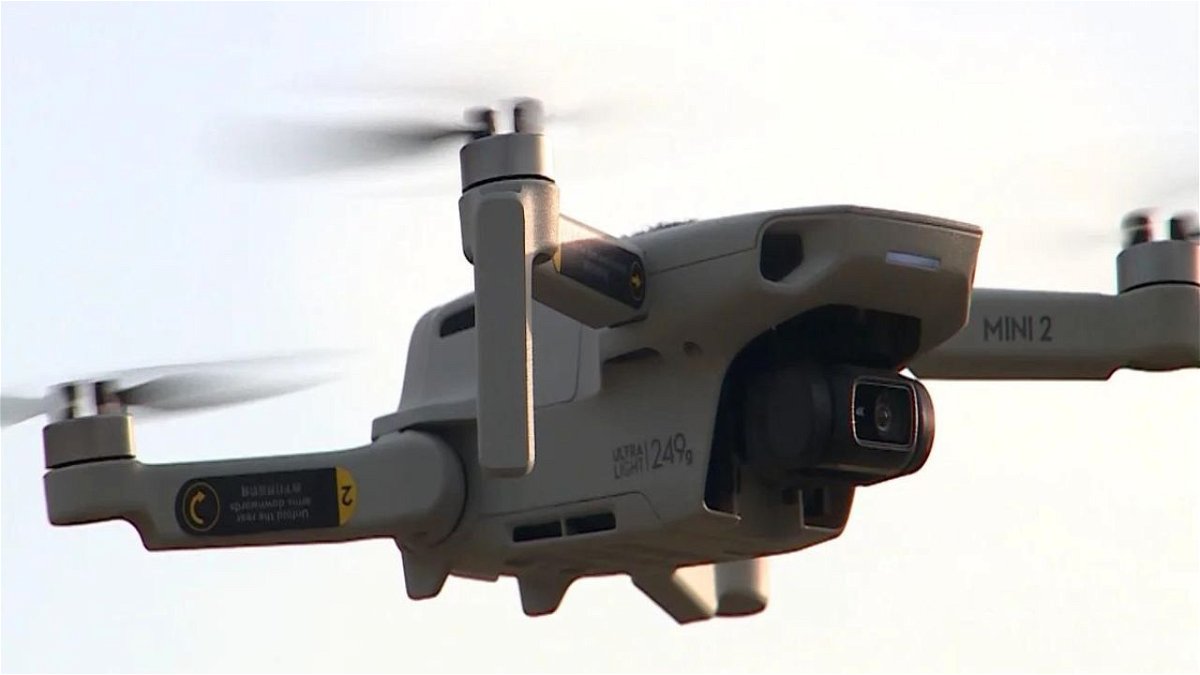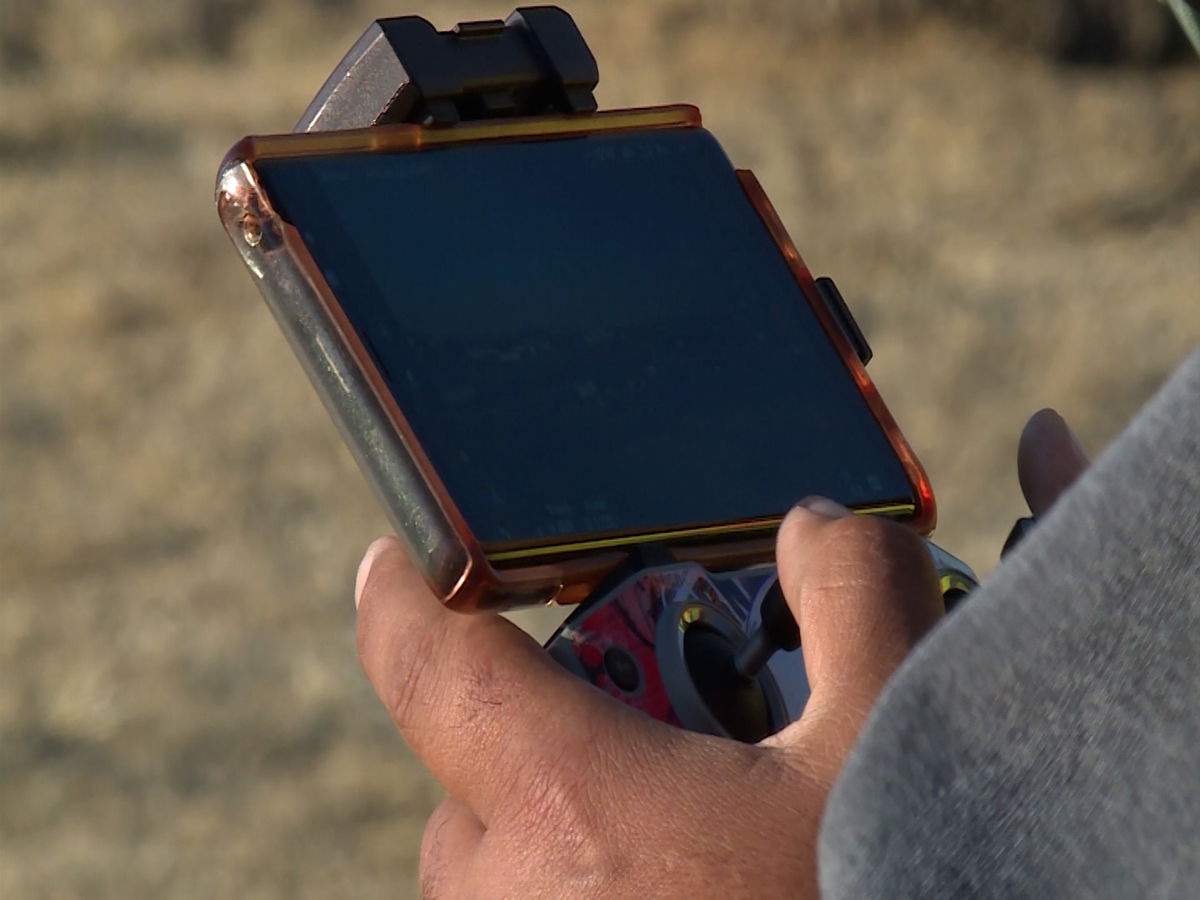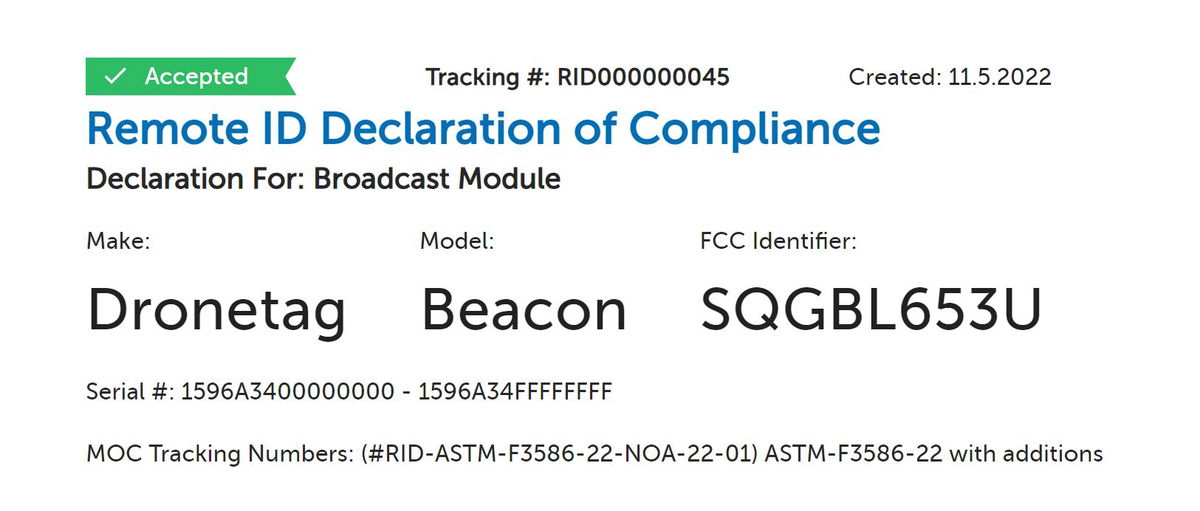New FAA requirements for drones arrive in September

The long-awaited and much debated Remote Identification requirements take effect September 16, 2023 for Unmanned Aircraft Systems (drones) across the United States.
Remote ID allows drones to broadcast a signal that a third party can use to identify the drone in the air as well as the location of the operator.
According to the FAA, Remote ID "helps the FAA, law enforcement, and other federal agencies locate the control station when a drone appears to be flying in an unsafe manner or where it is not allowed to fly."
Newer drones sold in late 2022 or 2023 most likely include Remote ID capabilities already, but older models will have to be equipped with what's called a broadcast module.
Due to an abundance of conflicting information online about which drones/pilots are required to use the new technology, KRDO reached out directly to the FAA for answers to some of the most common questions.
Some of the questions and answers might be redundant, but we wanted to include all of them to make it as easy to understand as possible.

KRDO - Which drones are required to have Remote ID capabilities?
FAA - Any drone that requires FAA registration operating in U.S. Airspace must comply with the final rule on Remote ID by September 16, 2023. This includes all drones flown under Part 107 (commercial drones) and drones weighing more than .55lbs (250g).
KRDO - Is there an exception for drones under 250g?
FAA - Yes
KRDO - Are there other exceptions that would allow someone to fly without Remote ID capabilities?
FAA - There are limited exceptions for security-related operations and events such as drone shows.
Beginning September 16, 2023, if your drone doesn't have Remote ID, you may be able to operate within an FAA-Recognized Identification Area. A FRIA is a defined geographic area where drones can be flown without Remote ID equipment. Both the drone and the pilot must be located within the FRIA's boundaries throughout the operation. In addition, the pilot of the drone must be able to see it at all times throughout the duration of the flight.
KRDO - Do all commercial pilots (Part 107) have to have Remote ID, regardless of weight?
FAA - Yes
-Does the FAA have an updated list of which new models are "Remote ID ready"?
FAA - Check this webpage.
Hint: At the bottom of the webpage above, type in the manufacturer of a particular model (DJI, Parrot, etc) and click on the particular model to find out if it has been "accepted" as compliant.

KRDO - Is there an approved list of "broadcast modules" that can be added to older models?
FAA - Search for a broadcast modules by name or manufacturer on this webpage.
Hint: Same as above. Type in the manufacturer/model of a broadcast module, and it will tell you whether it has been deemed compliant.

KRDO - What are the penalties for flying out of compliance?
FAA - Drone operators who conduct unsafe operations that endanger other aircraft or people on the ground could face fines that exceed $30,000. In addition, we can suspend or revoke drone operators’ pilot certificates.
